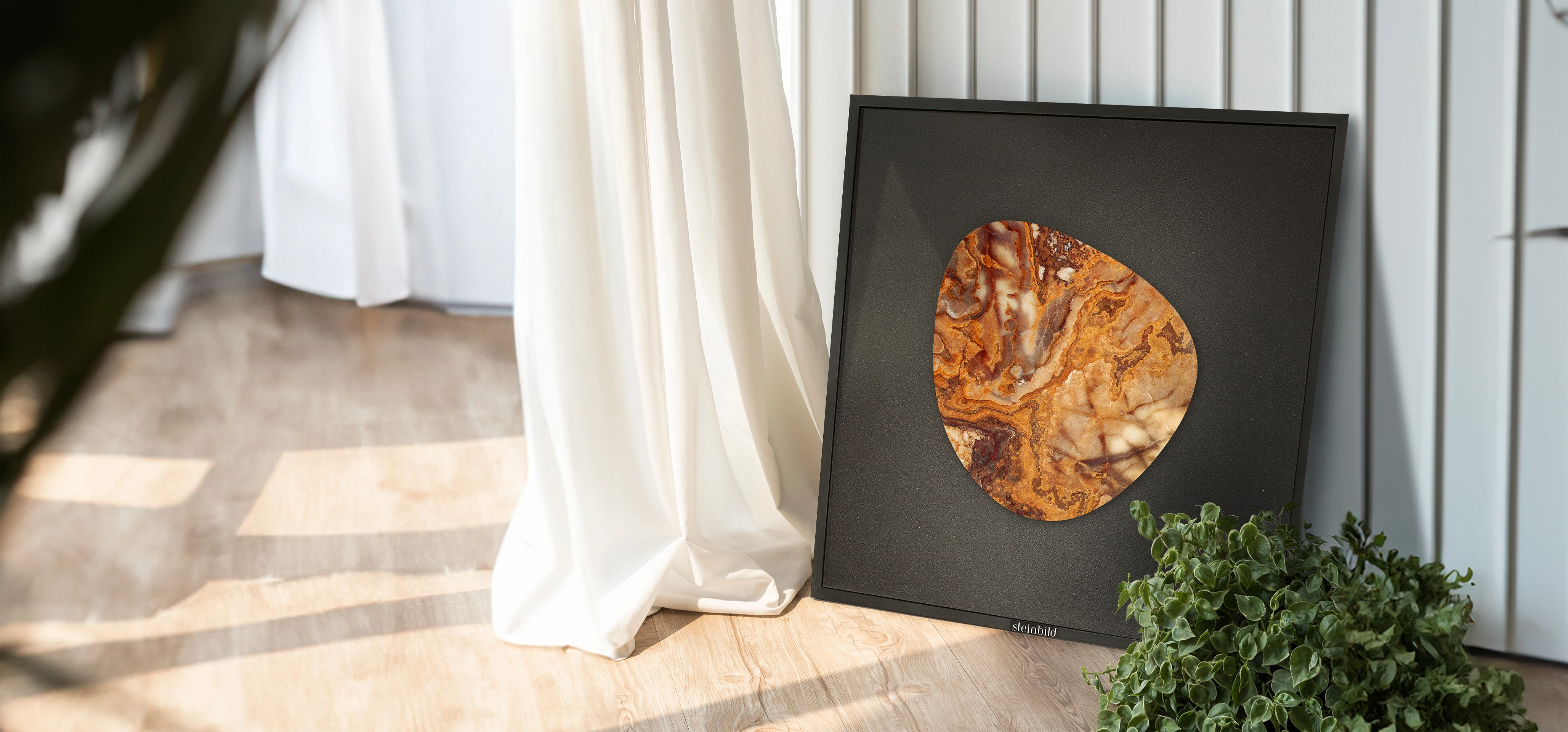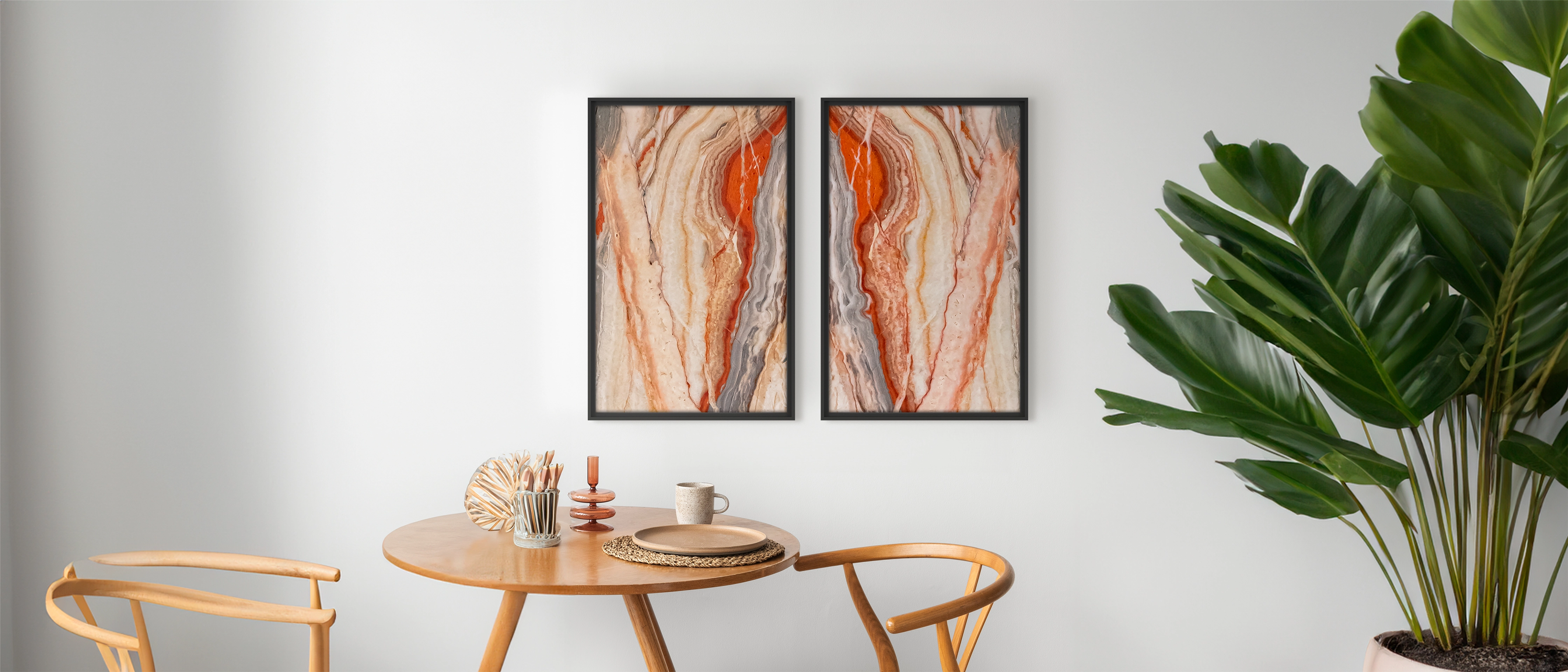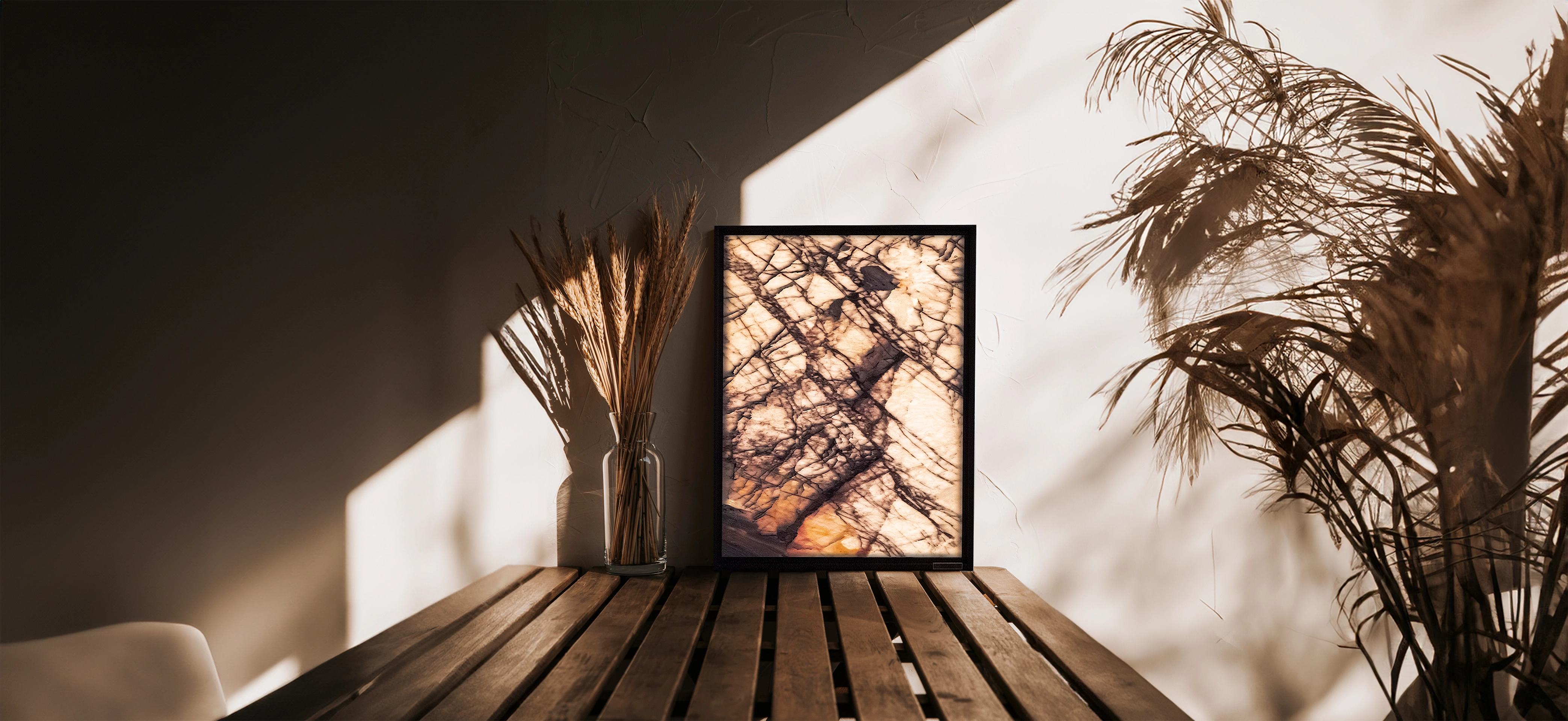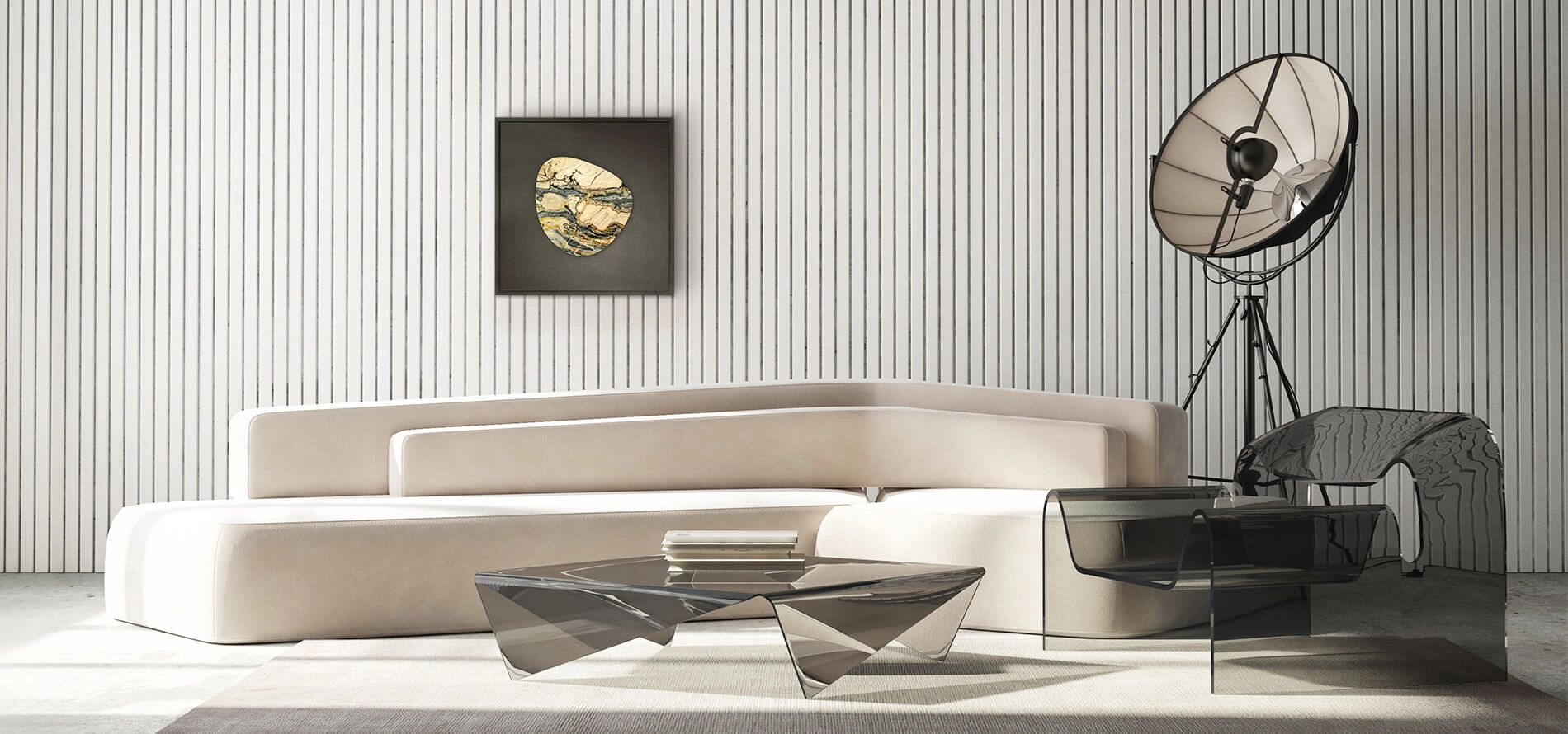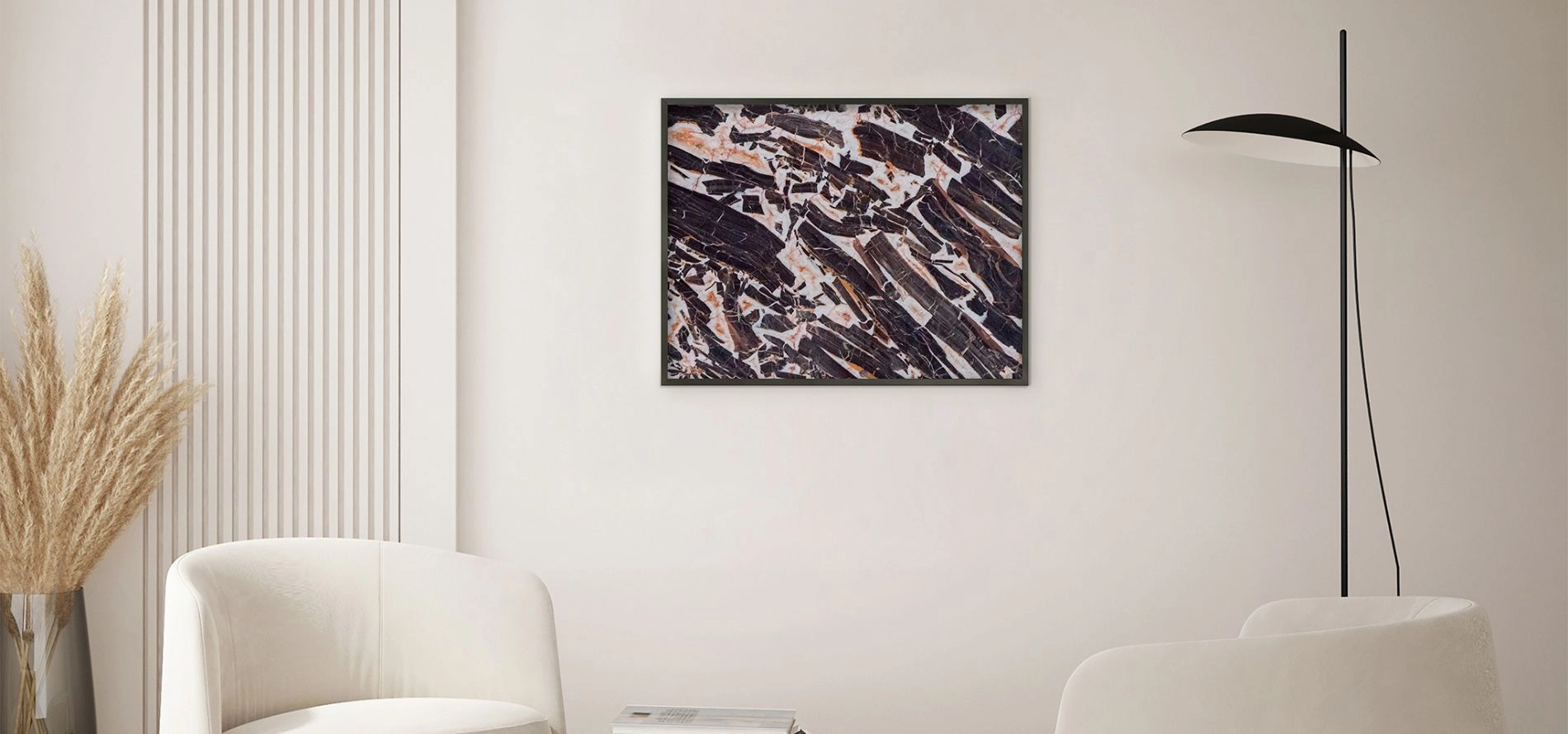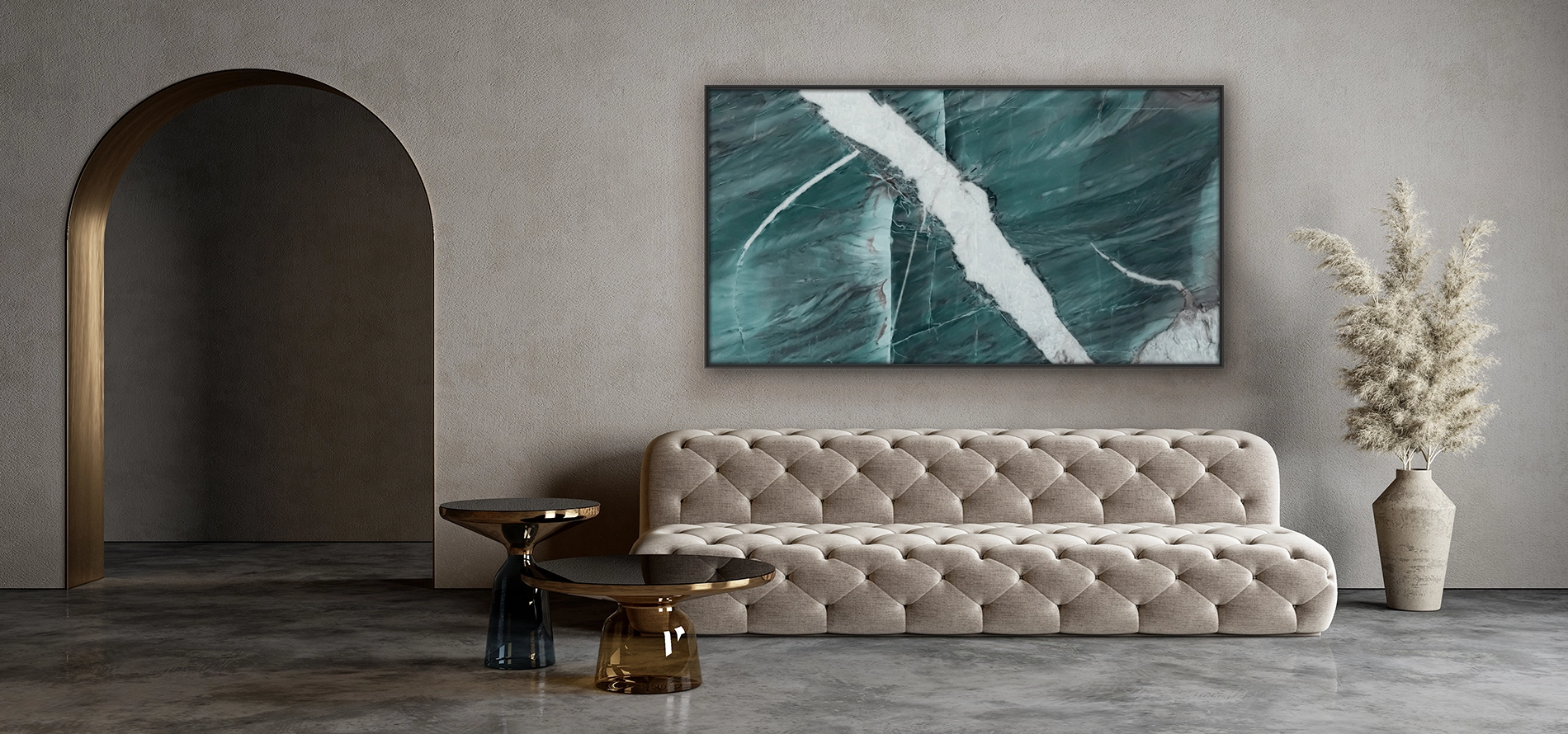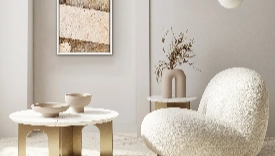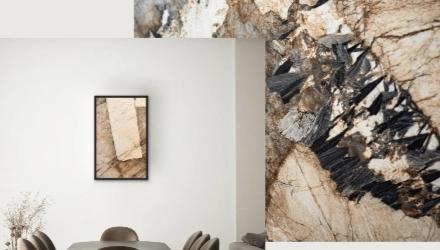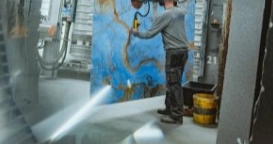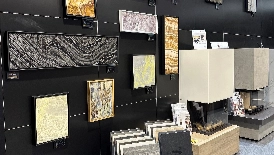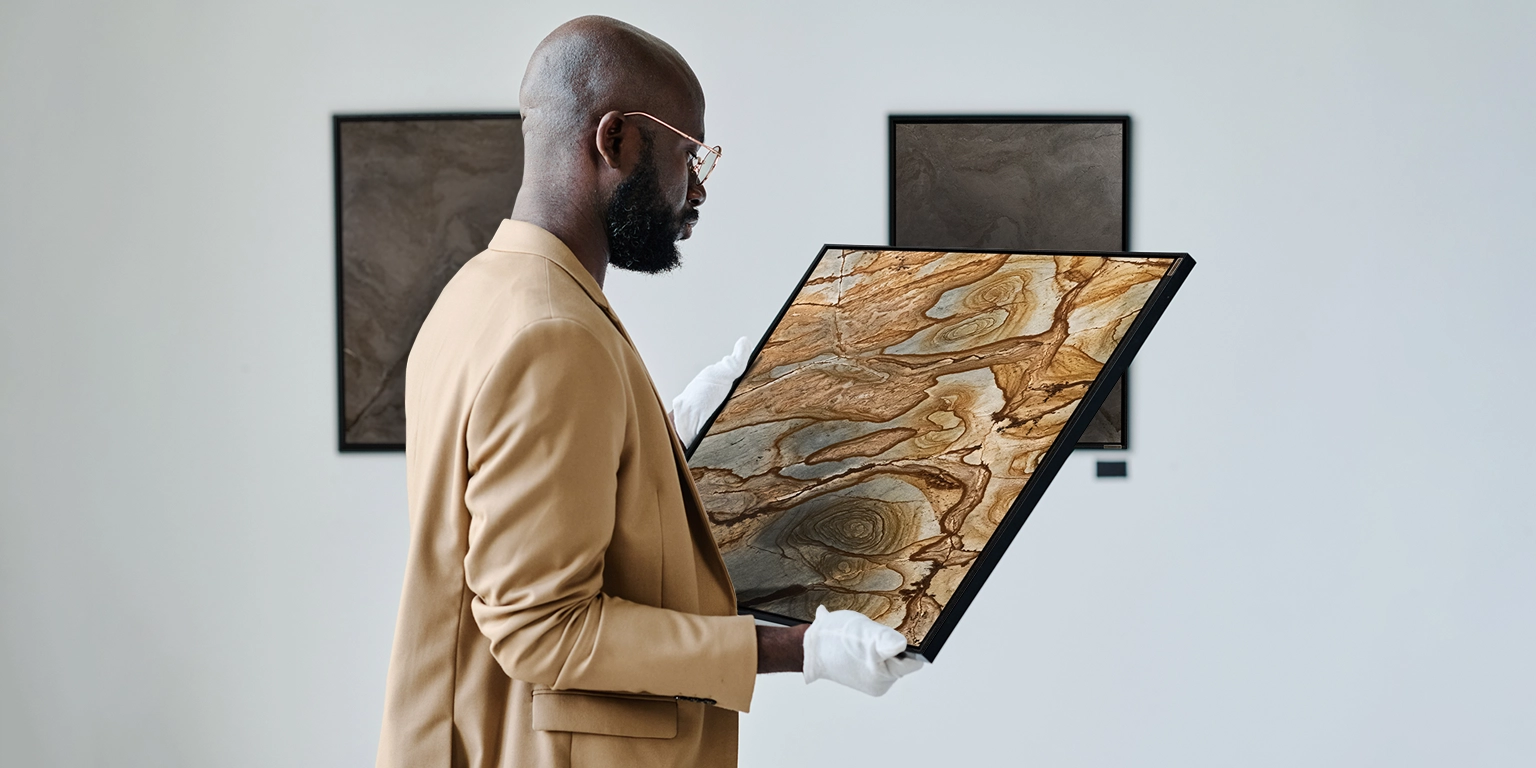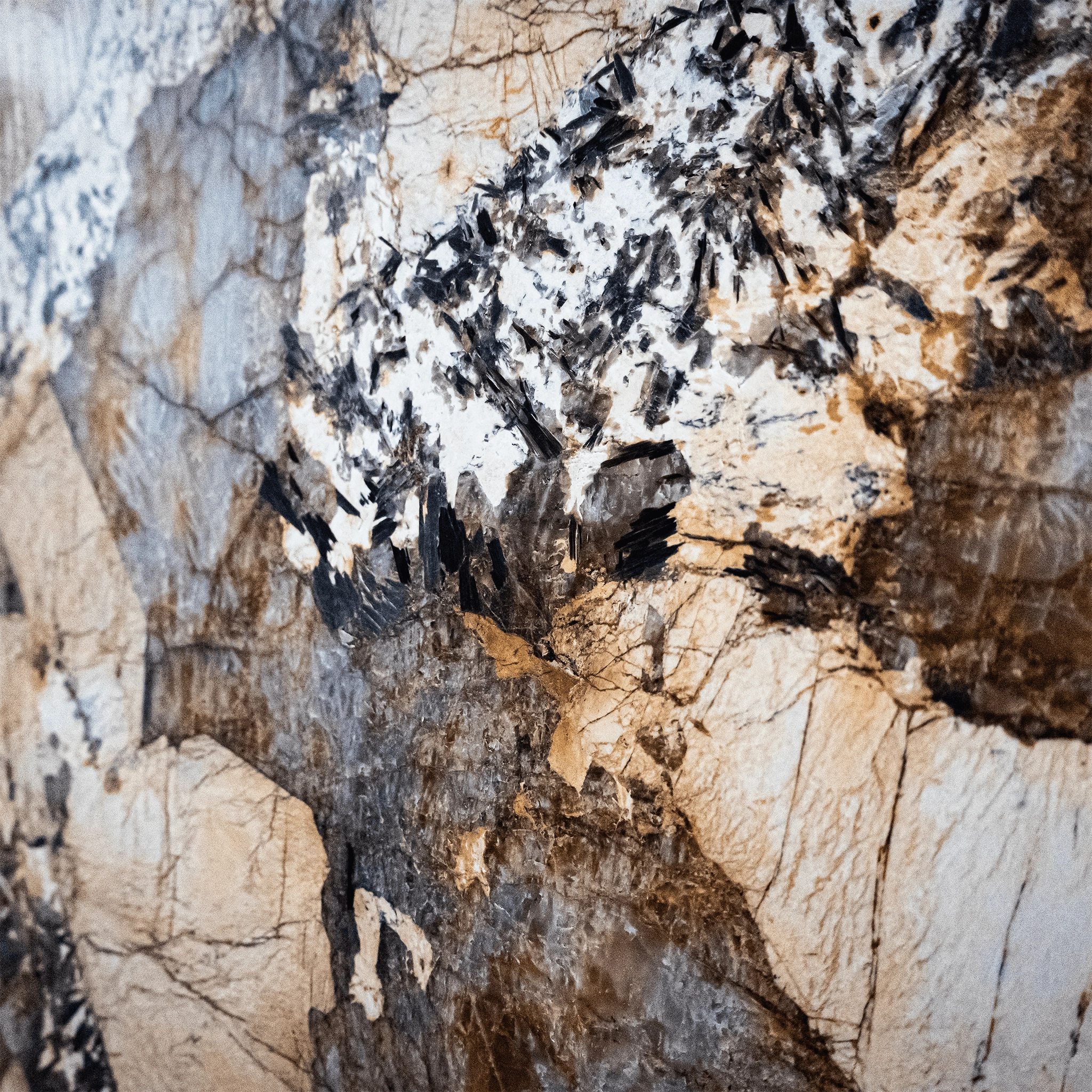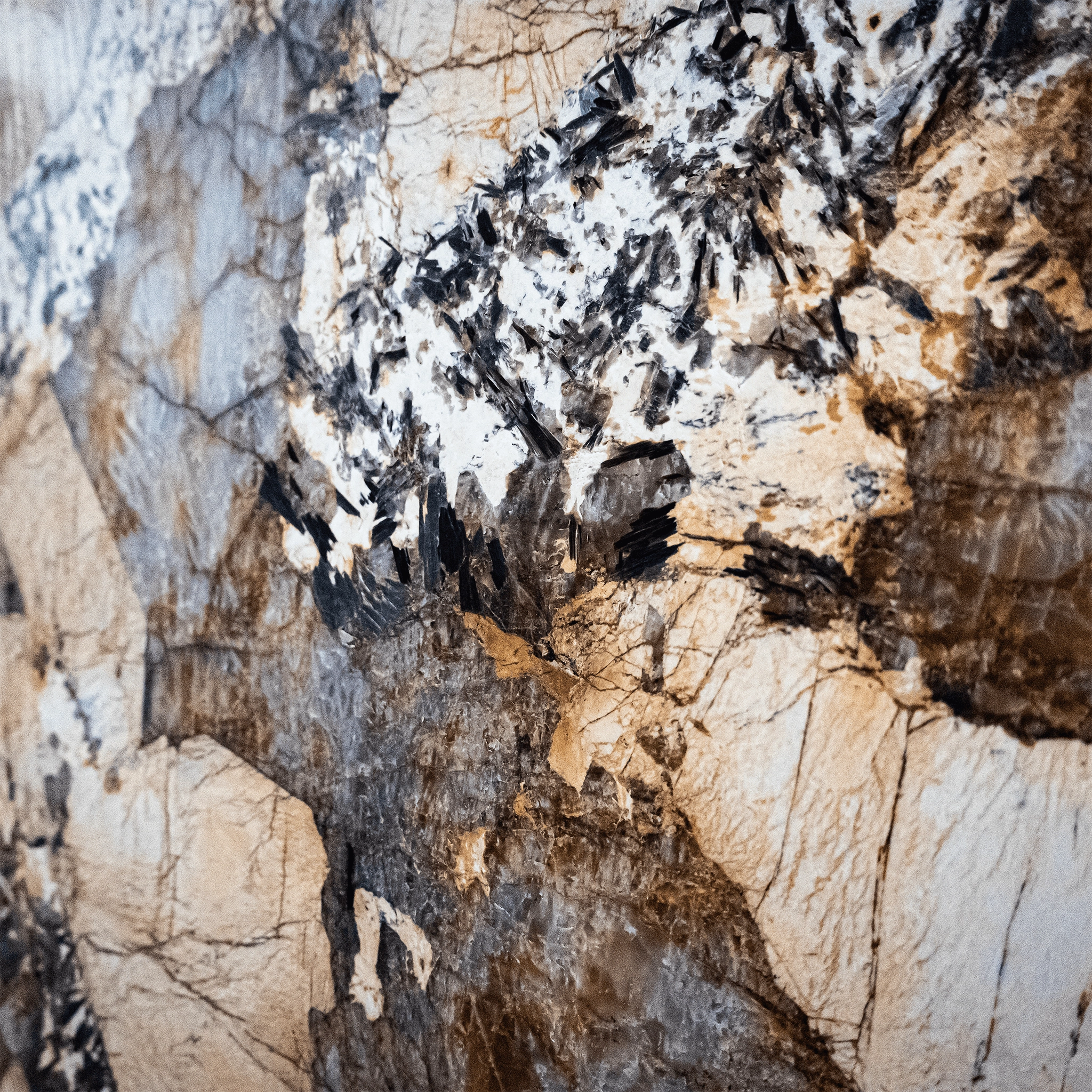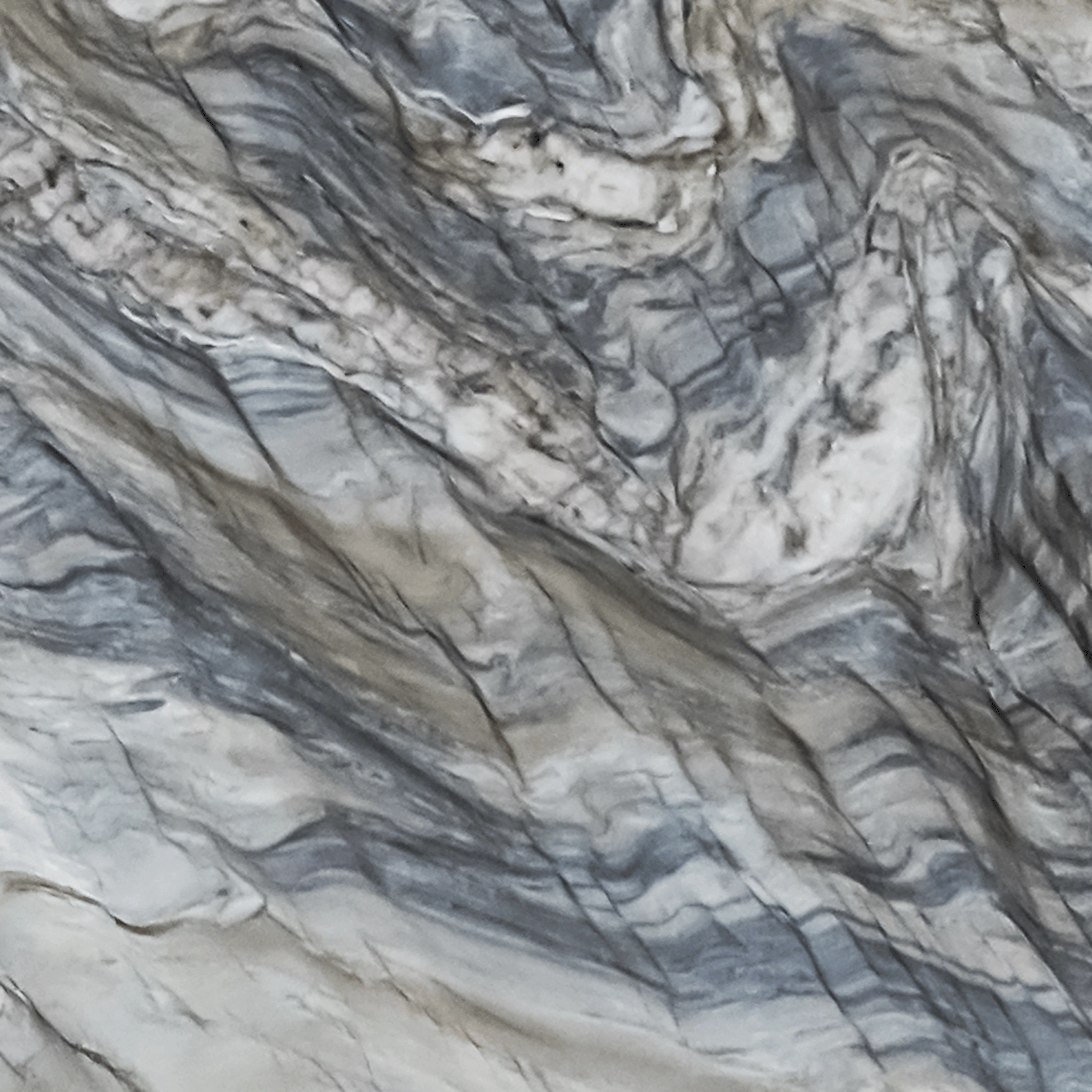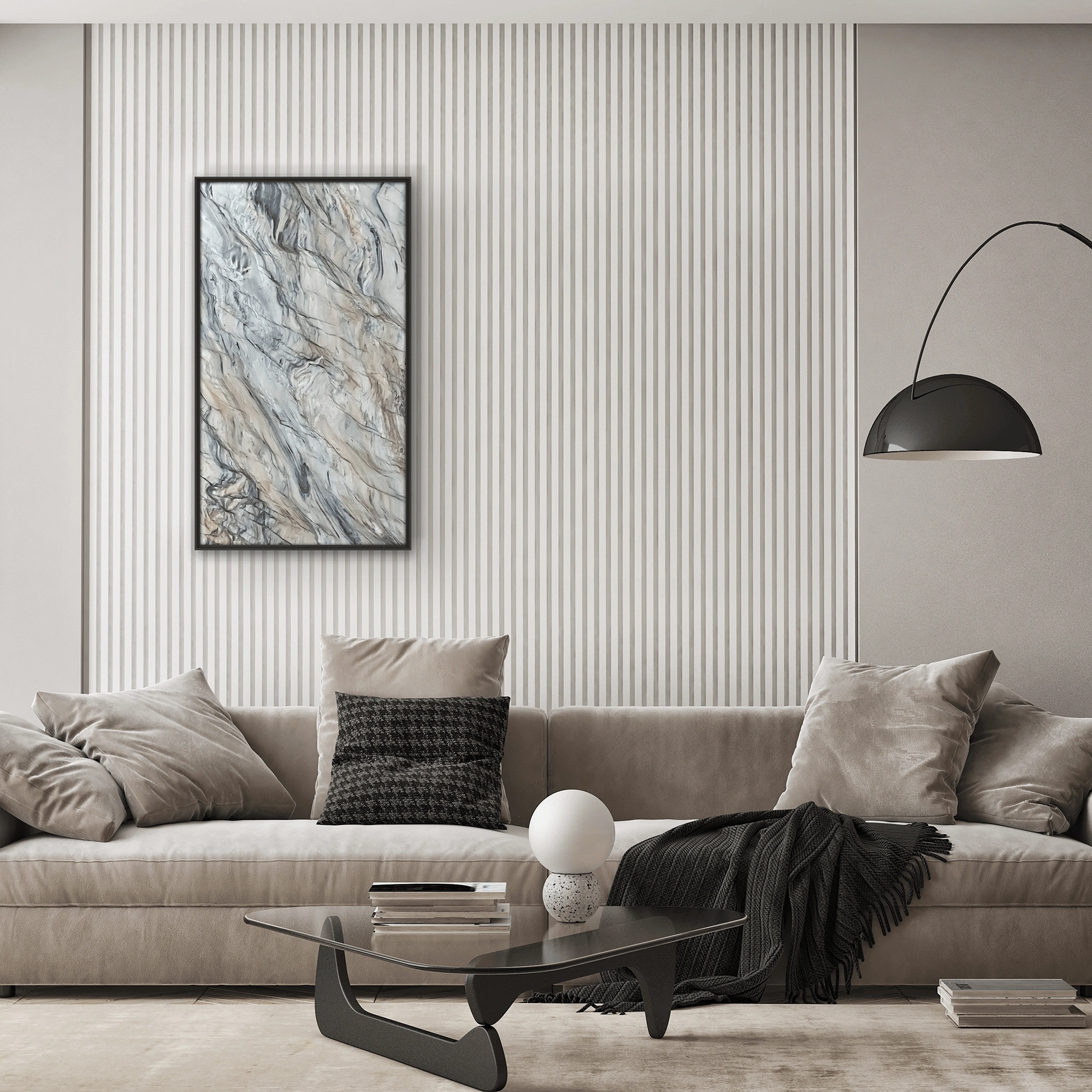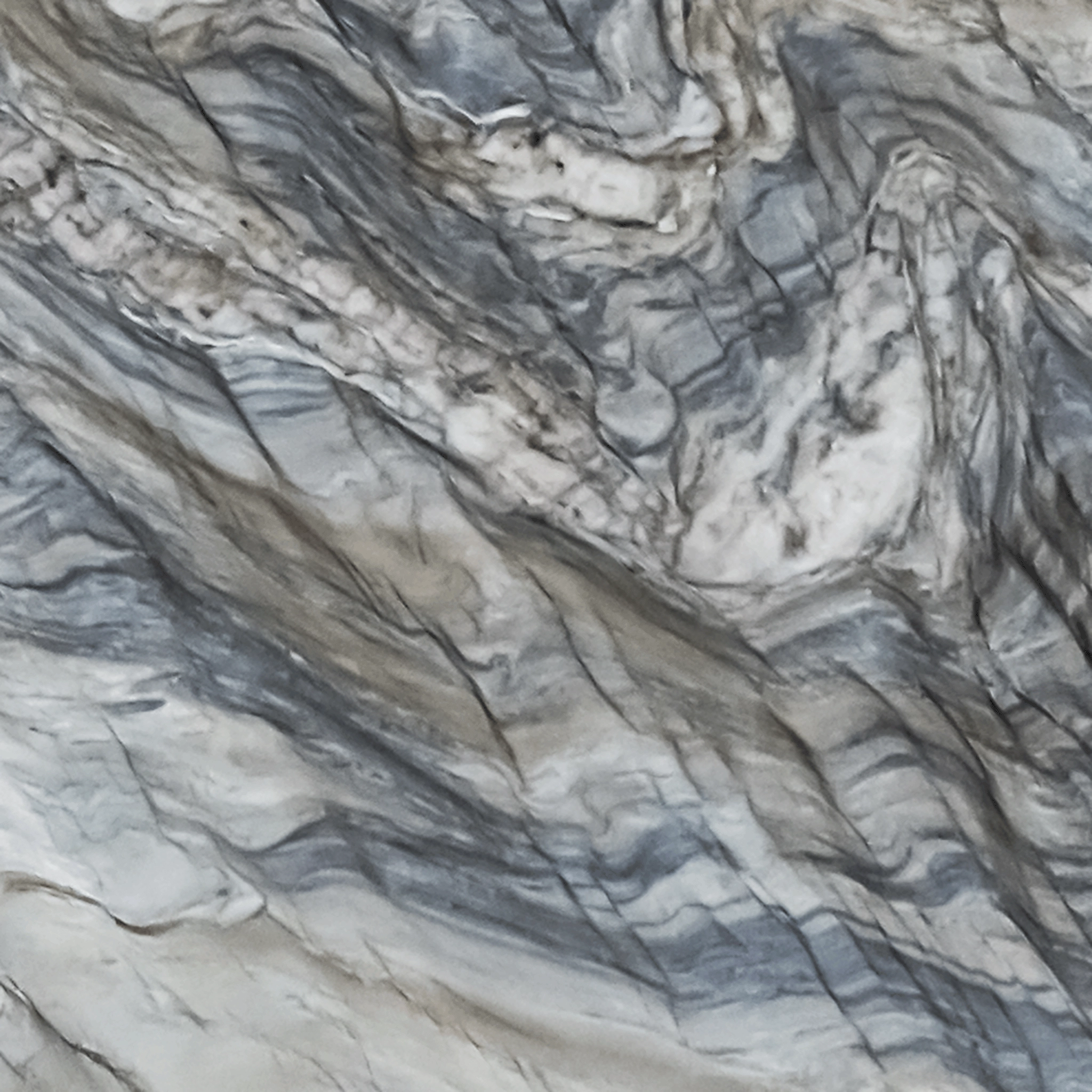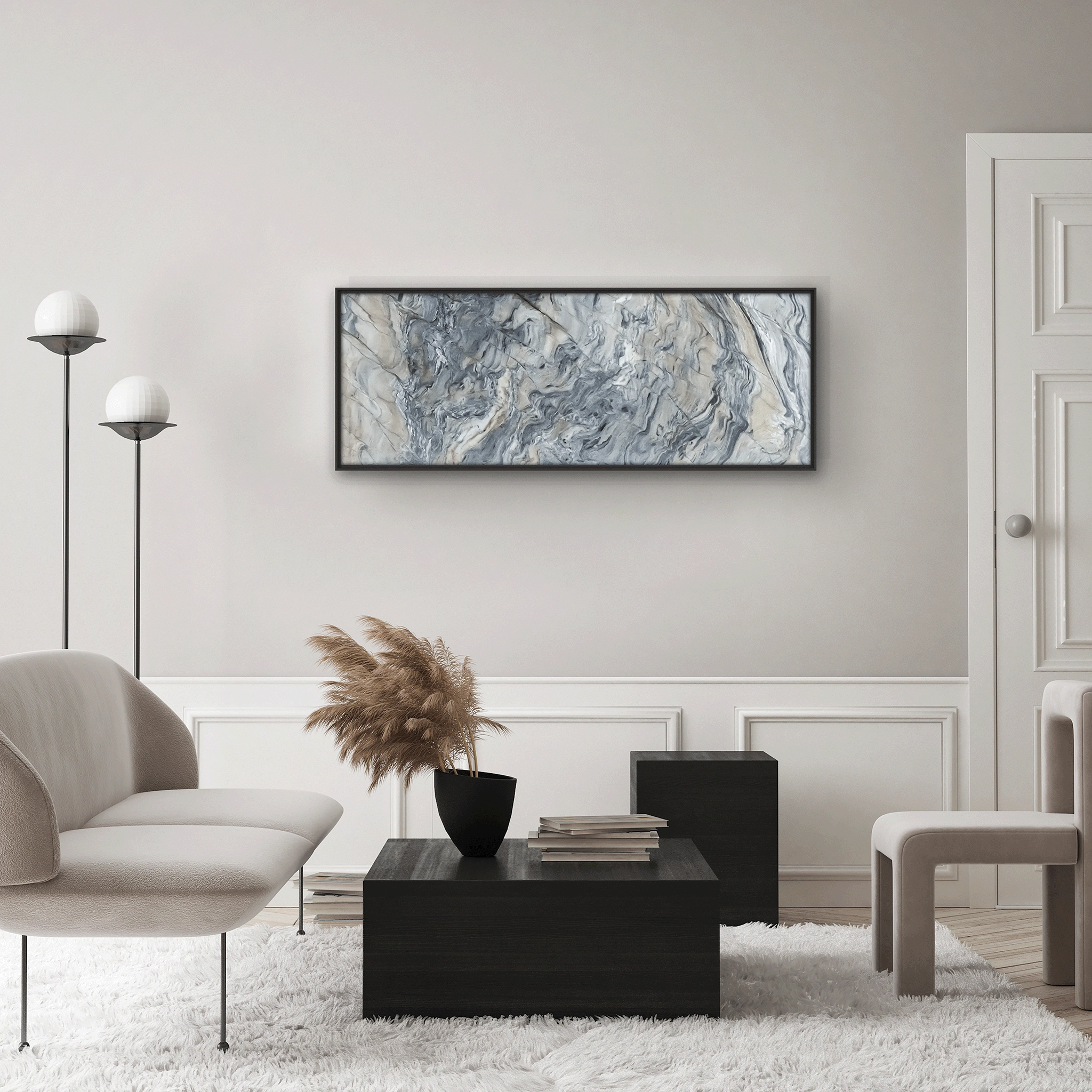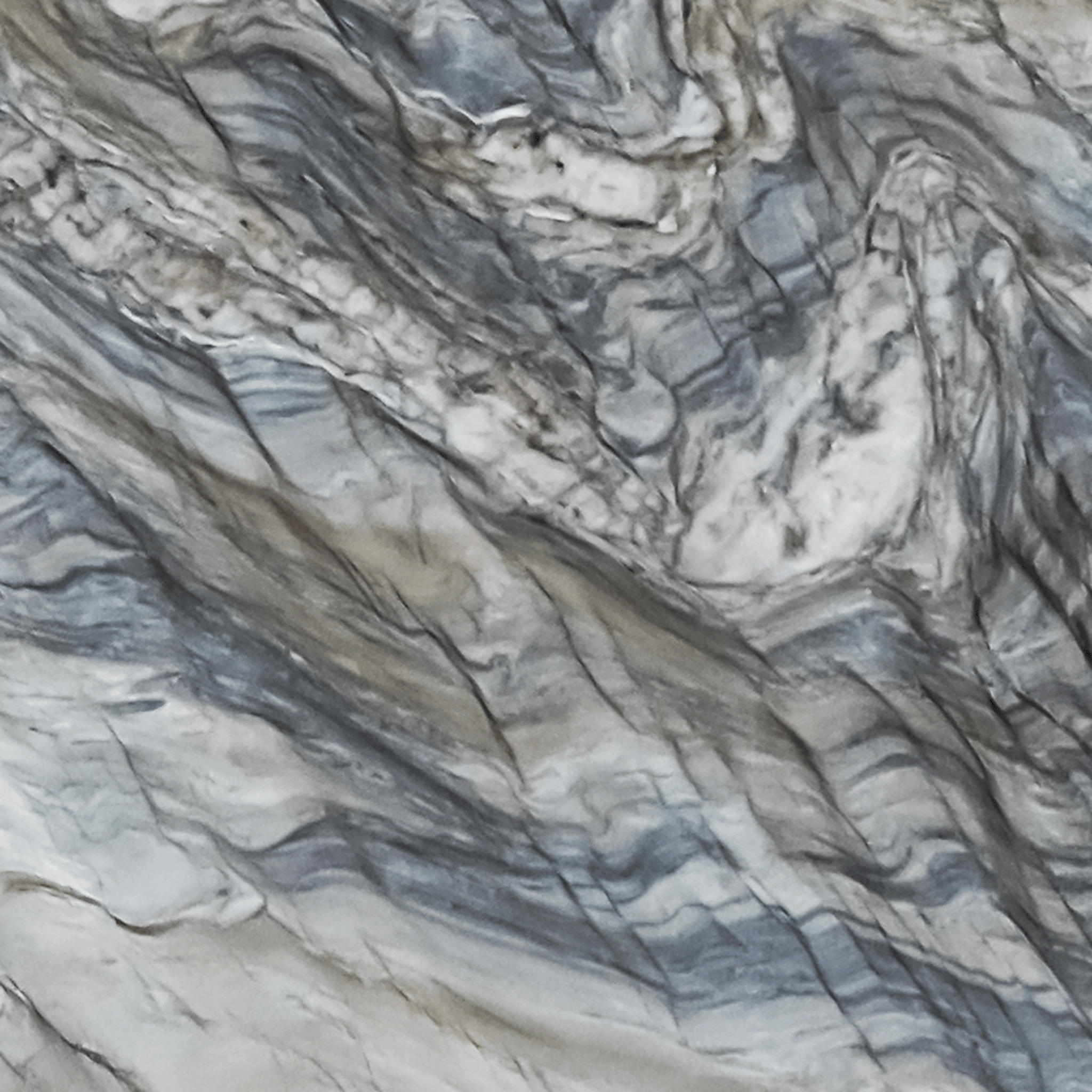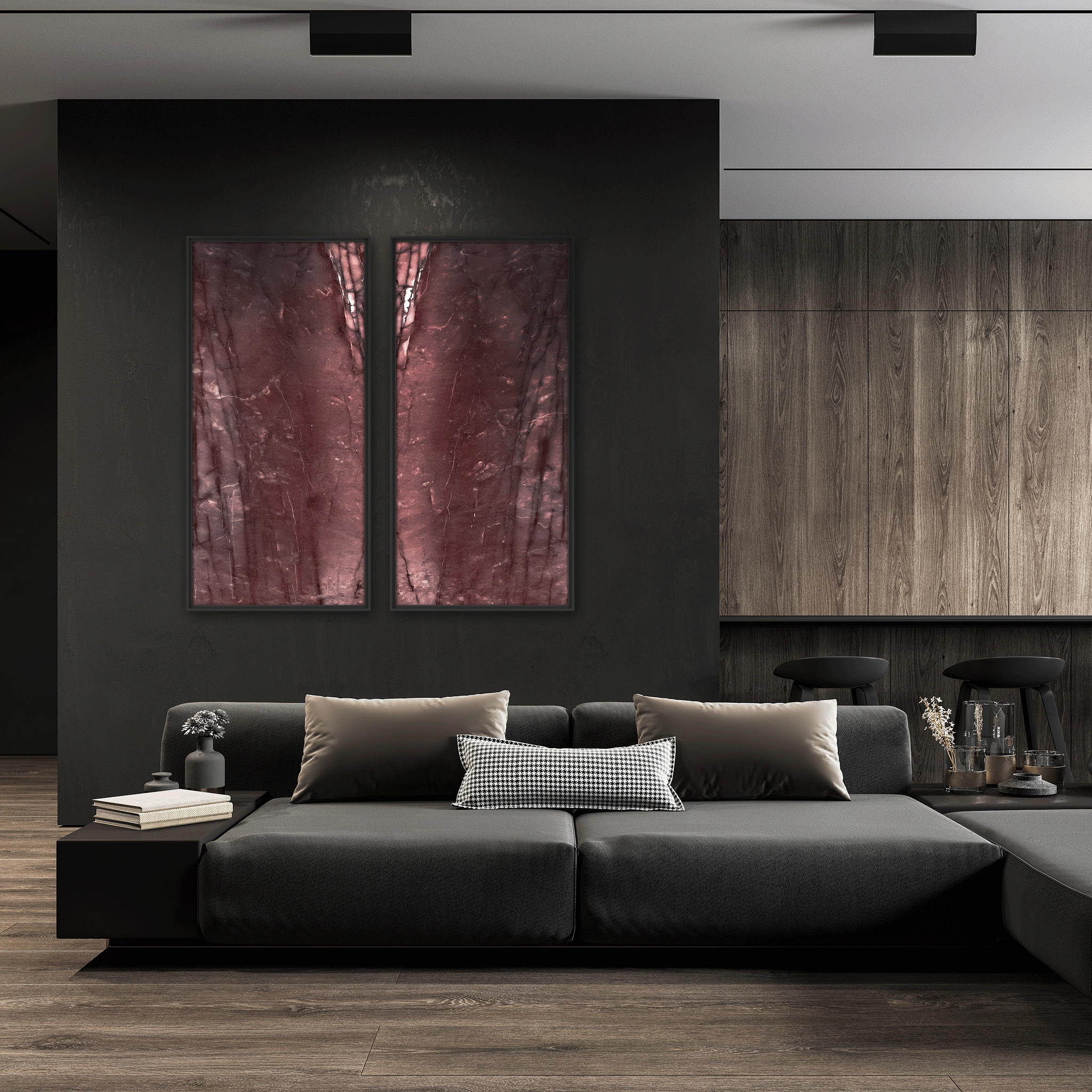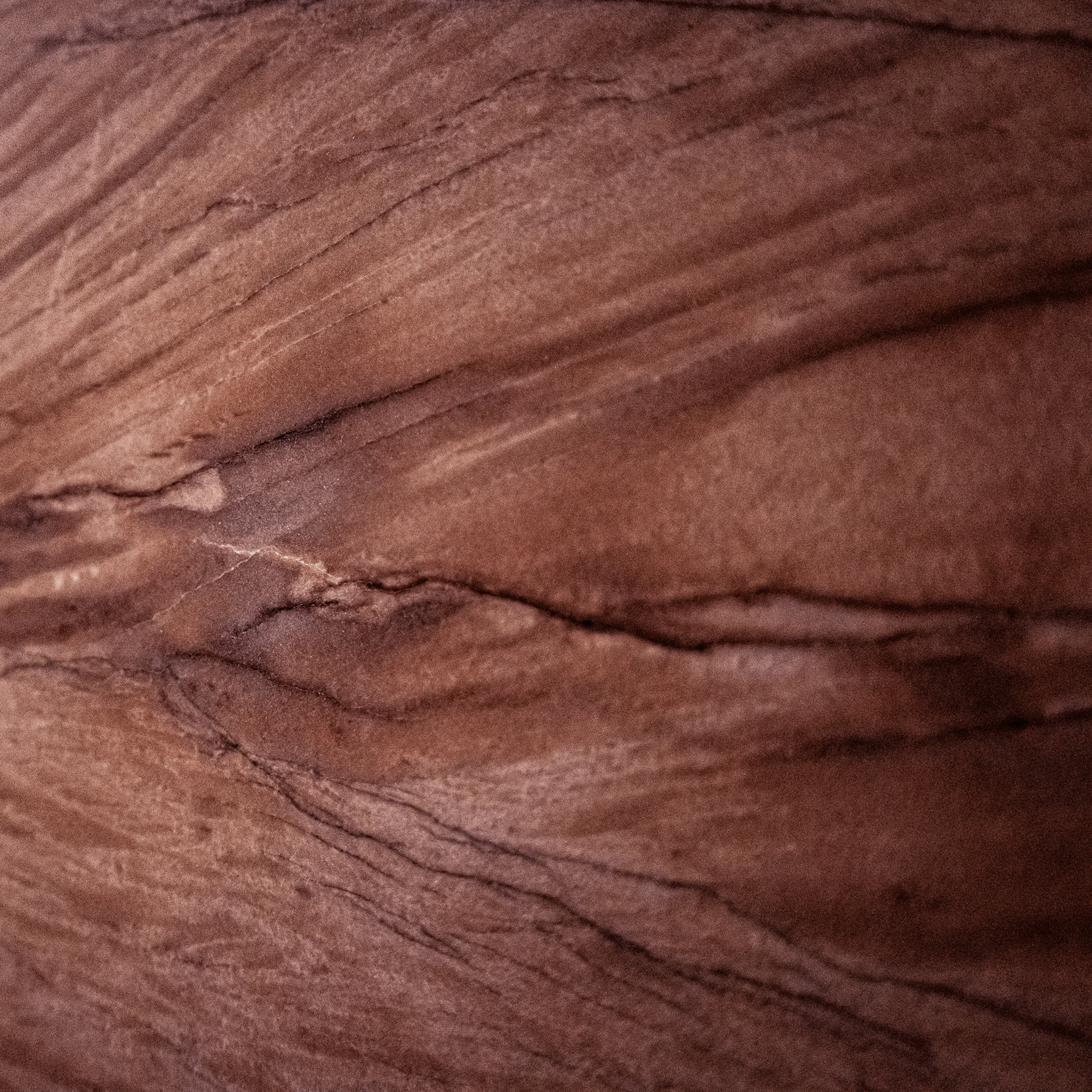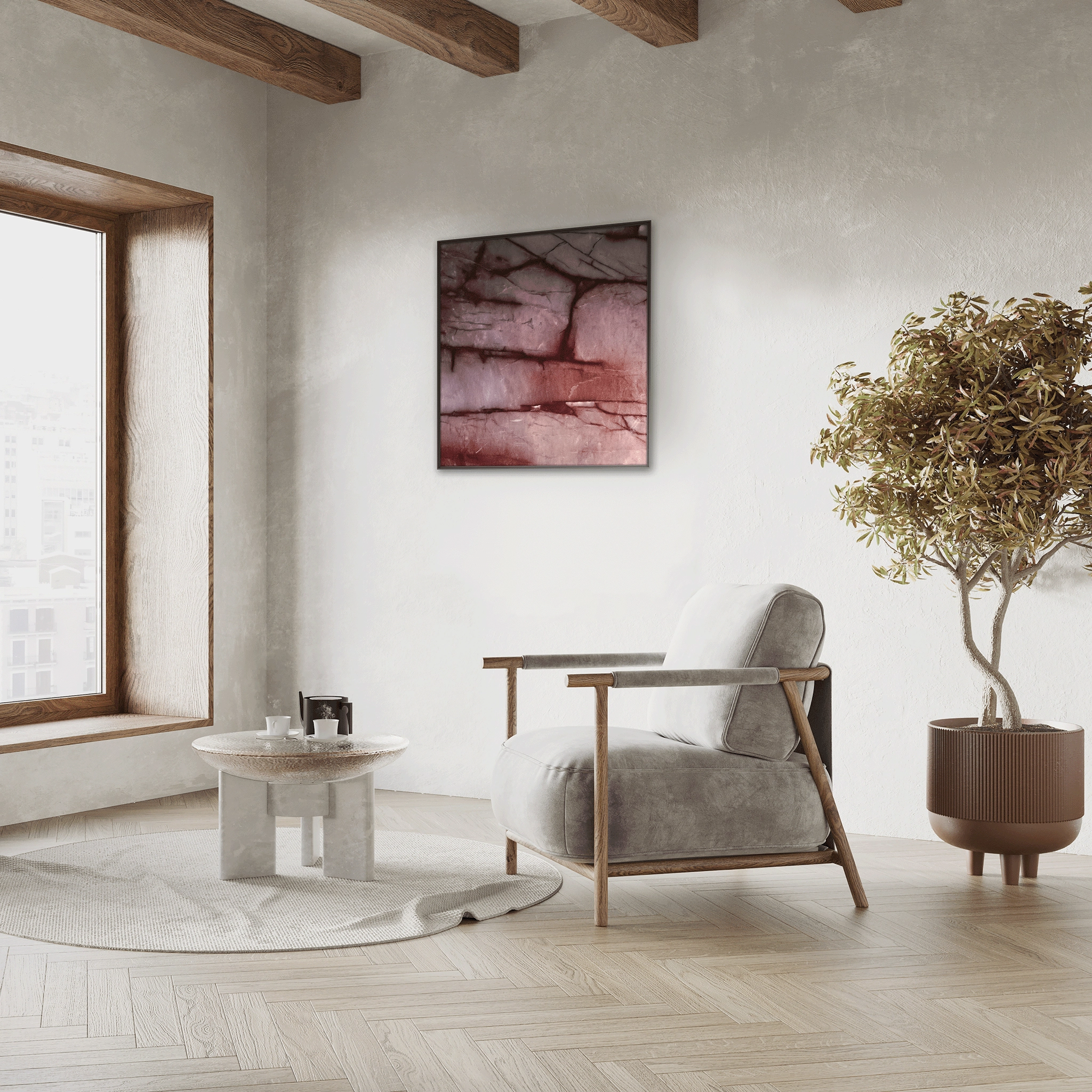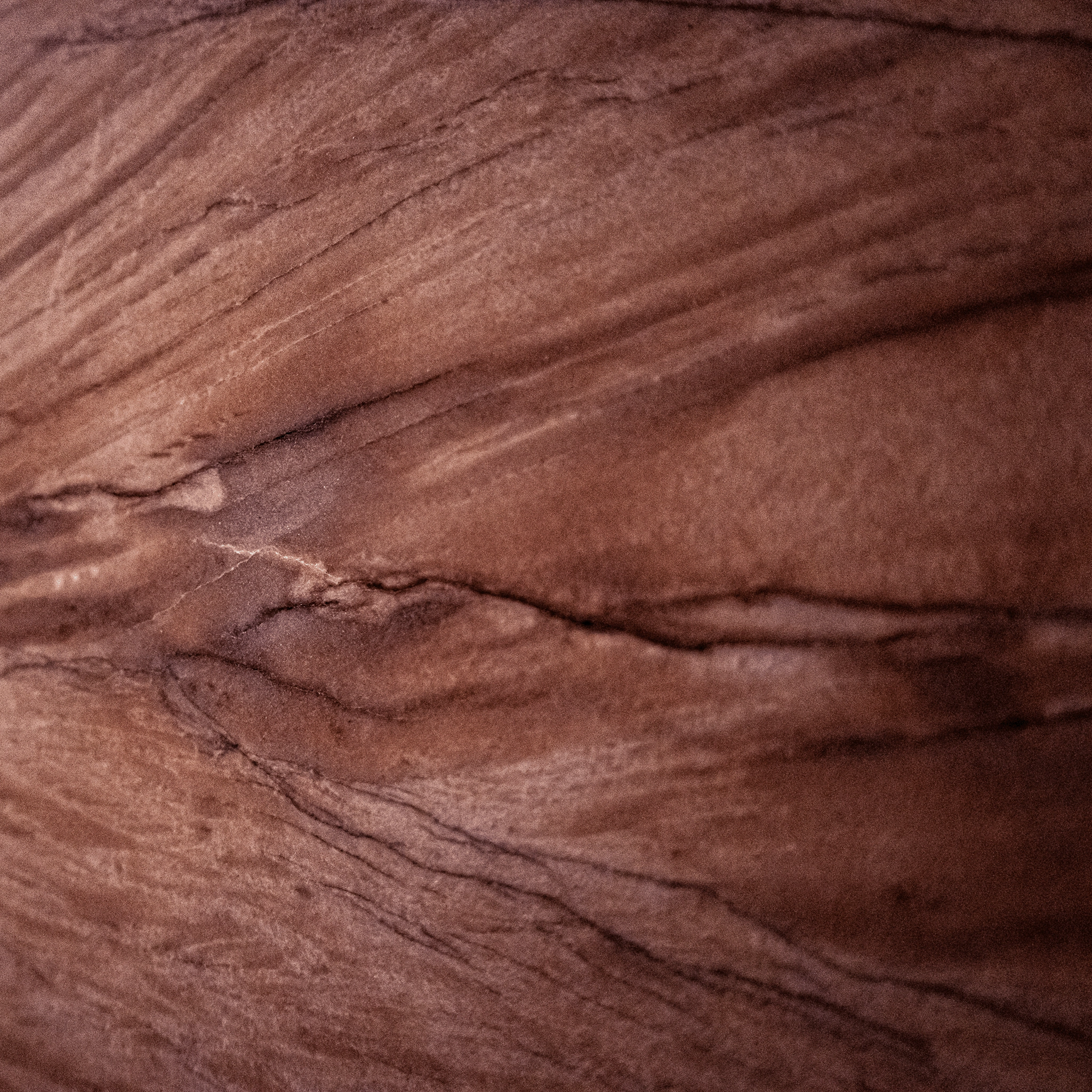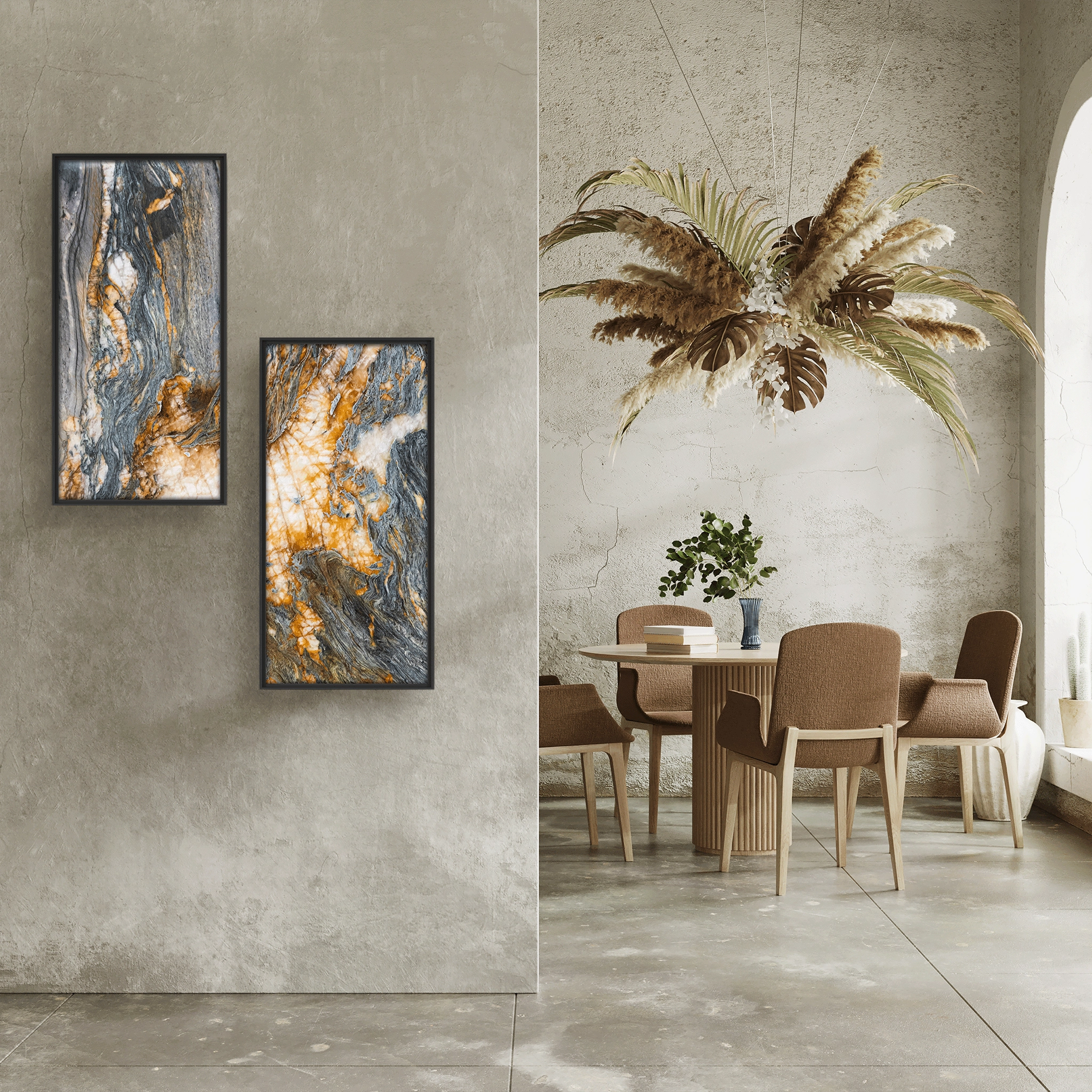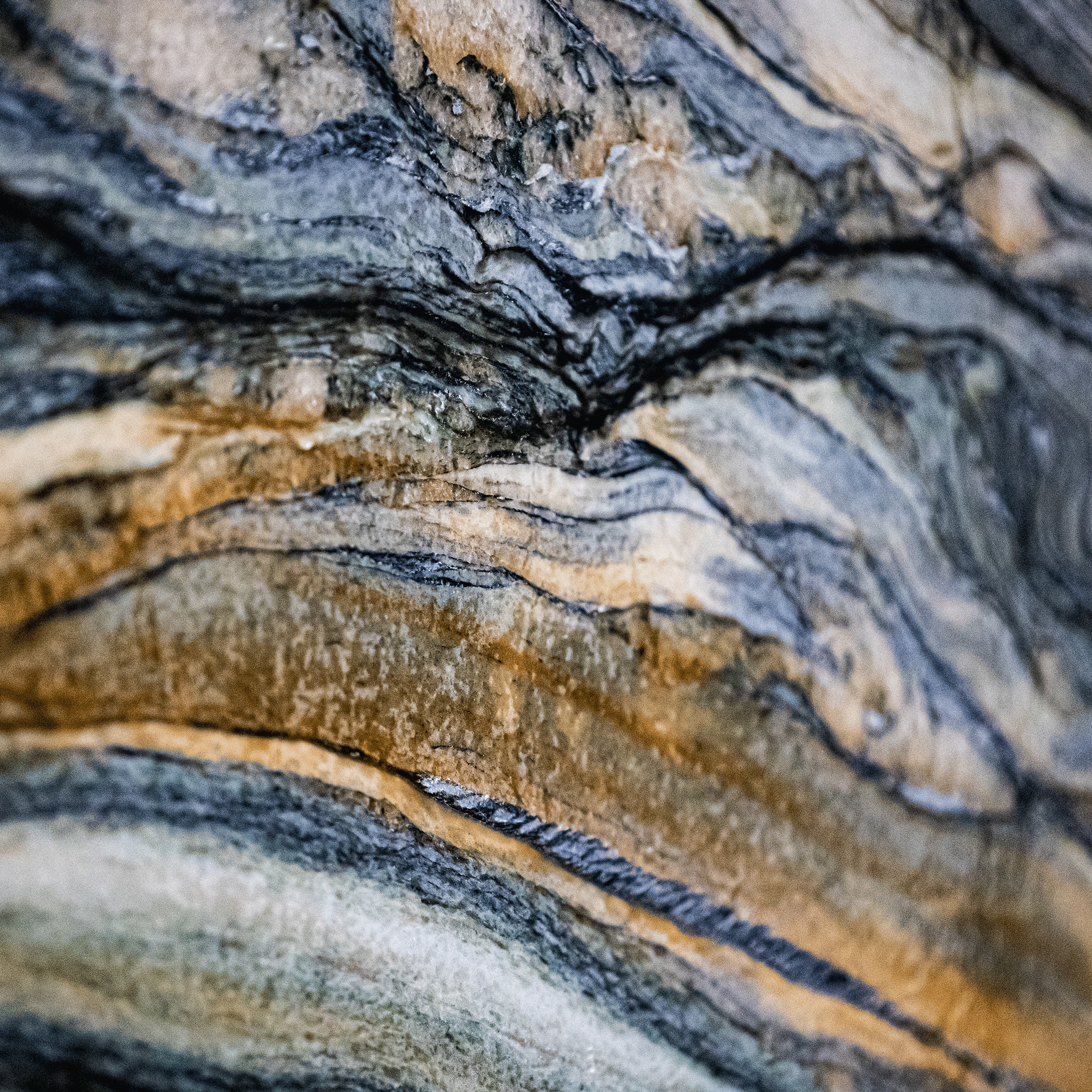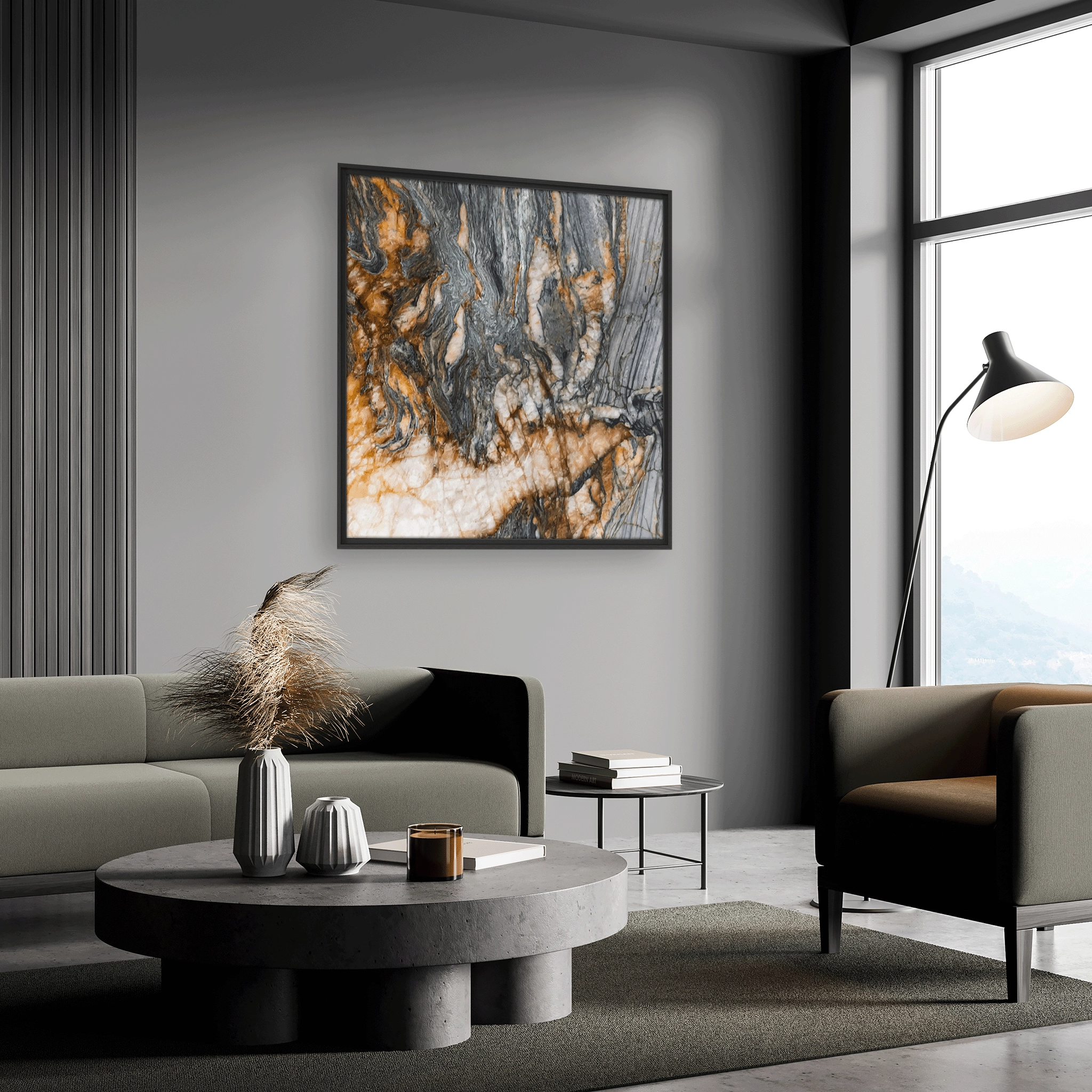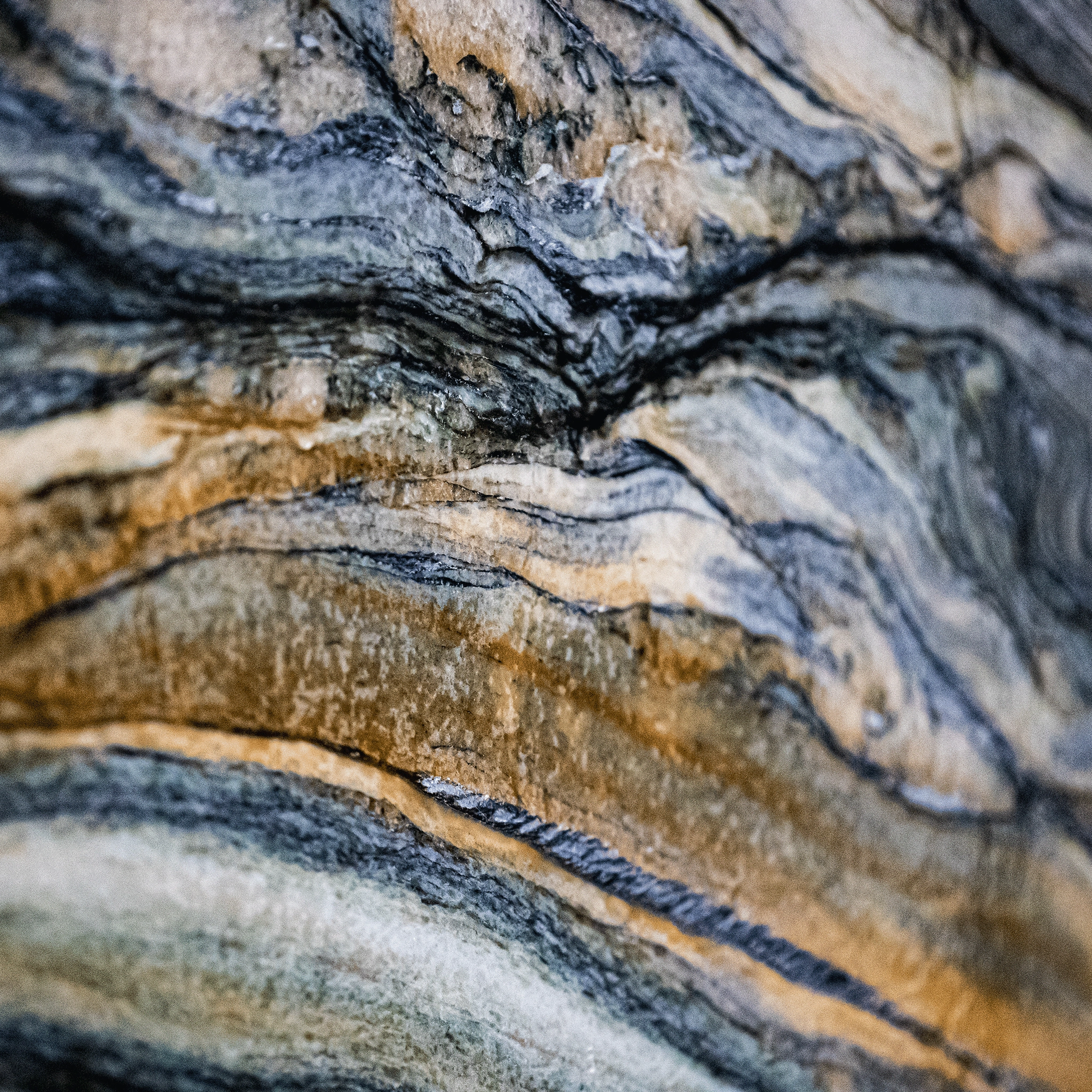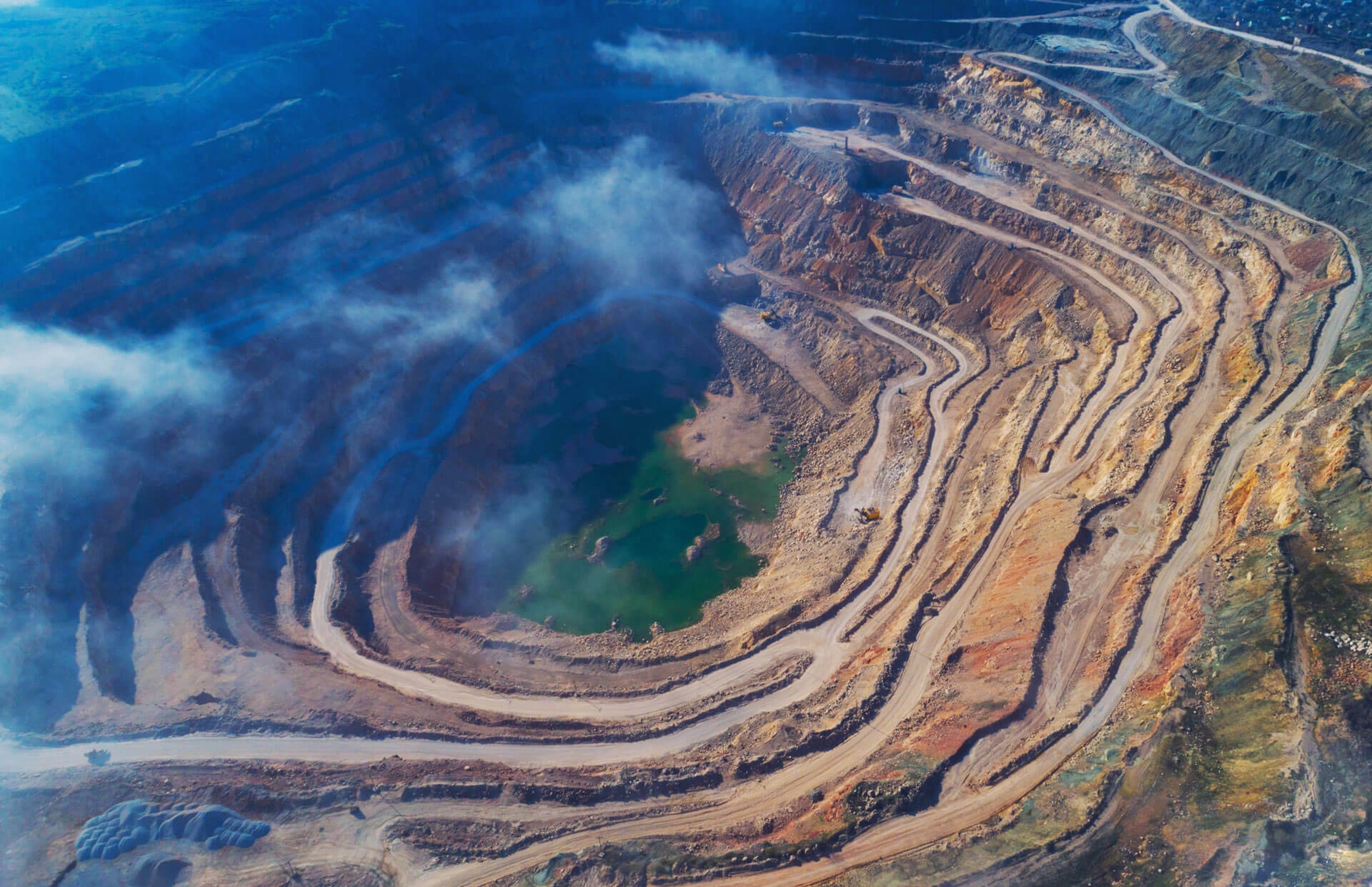
Special types of rock with a fascinatingly long history of formation
01.06.2023 | STEINVERLIEBT
In this blog post I would like to introduce you to the impressive story behind our natural stones. Join me on a journey through time and discover what our nature has created over millions of years. I've picked out three very special types of stone to give you an insight into their unique stories of creation.
The impressive story behind natural stones
The formation of natural stones is fascinating and characterized by a multitude of processes that have taken place over millions of years - and are still taking place.
Natural stones are formed by intense pressure, high temperatures and chemical reactions and are composed of numerous different components. They contain components from the animal and plant world of past ages. They can contain remains of fossils, shellfish or rare minerals and gemstones. Thus, each STEINBILD is a true witness of prehistoric times and a relic of the history of the earth.
"Whenever I look at a STEINBILD, I think about what this picture has probably 'experienced' - dinosaurs, meteorites, long-gone plants and animals. If this picture could talk ... but actually it does - you just have to look closely." Julian Hengge, stonemason and stone sculptor
So our STEINBILDER tell stories that go back millions of years. They turn a home into a place where the history of our earth becomes tangible and tangible. At the same time, they decorate our walls with their unusual and unique design.
Today I present you a few very special STEINBILDER, which were created an extraordinarily long time ago and certainly have all sorts to tell.
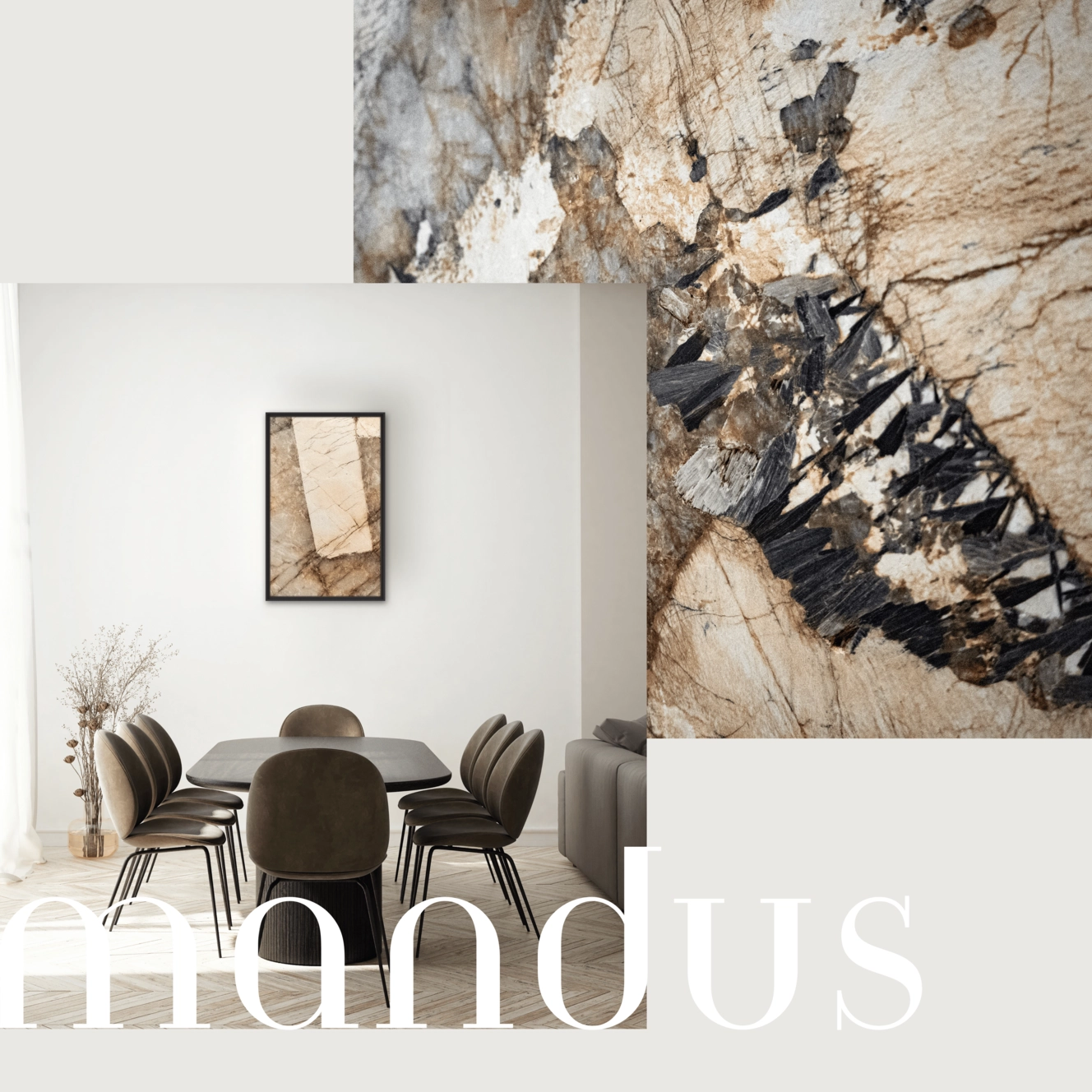
The remarkable quartzite - included in our Mandus selection - has an amazingly long formation history of 2 billion years. It is one of the oldest works of art of nature that you can find in our online store. It is hard to imagine what this rock has experienced.
The quartzite was formed from a residual melt, which together with rare earths developed into large crystals. These rocks, known as pegmatites, formed in ruptured crevices where seabed was deposited. Further subsidence into the Earth's mantle melted the sand and, in combination with various ores, formed the characteristic white-ground texture.
Another distinctive feature of quartzite is the translucency of the dark areas, which allows the stone to be shone through with backlighting of varying intensity. This special feature gives the natural stone, depending on the incidence of light, a completely different effect and is a special highlight.
Be inspired now by the artistic skill of nature and take a look at our STEINBILDER from onyx
The time travel of the block quartzite: A 1.2 billion year old history of formation
The block quartzite - contained in our "Pinega" STEINBILDER - has an evolutionary history of incredible 1.2 billion years. During its time of origin, animal organisms appeared for the first time, which were able to move independently.
The block quartzite of these STEINBILDER was formed by a lowering of the old depositional layers. By the displacement into deeper and thus warmer zones of the earth's mantle these layers were "frozen" so to speak.
The extraordinary coloration is due to metal ores, which are added to this natural stone. With its blue hues and the special grain, the block quartzite is reminiscent of a slightly churned, wavy sea.
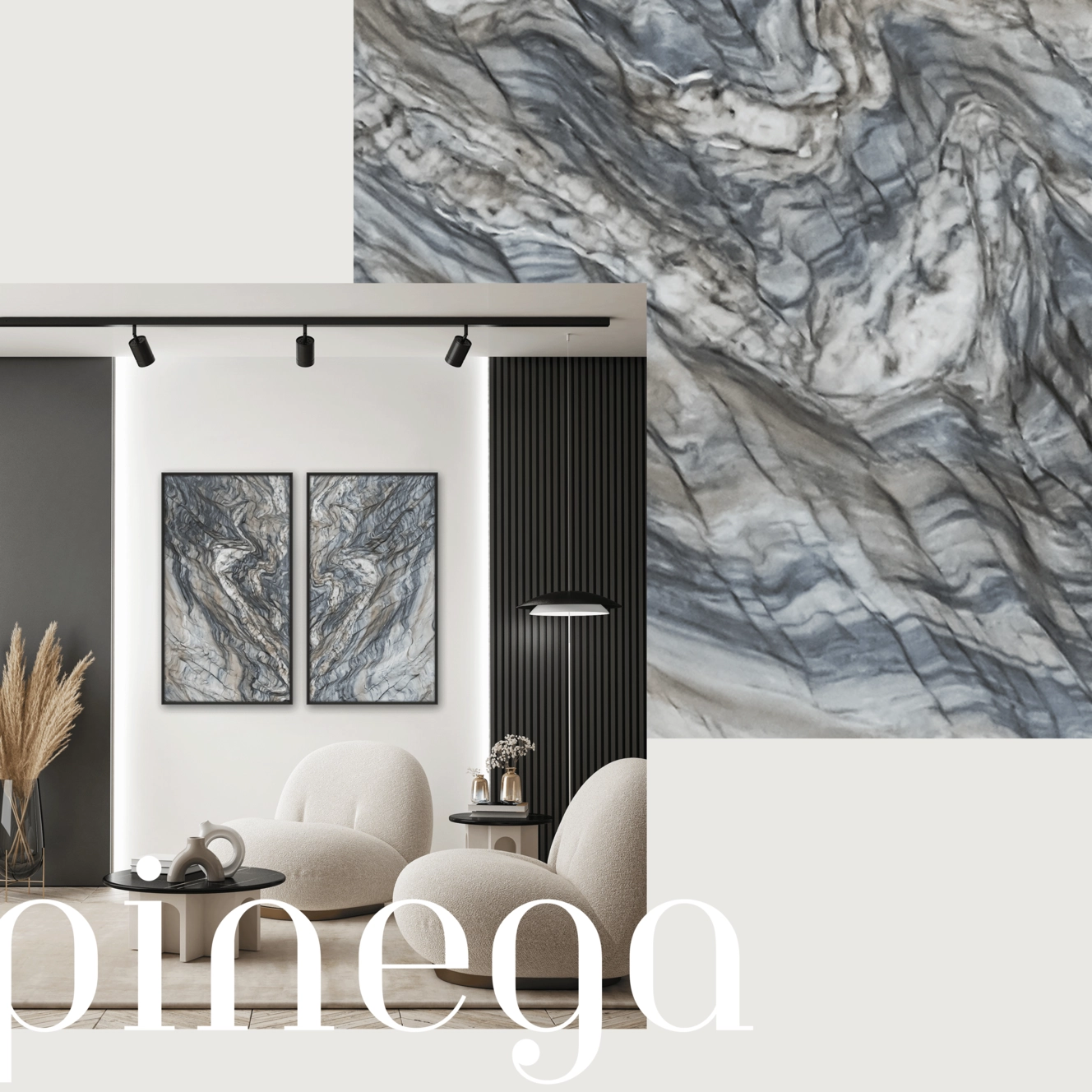
Waters, waves and storm: discover our Pinega selection of block quartzite
A red jewel: The 1.2 billion year old block quartzite
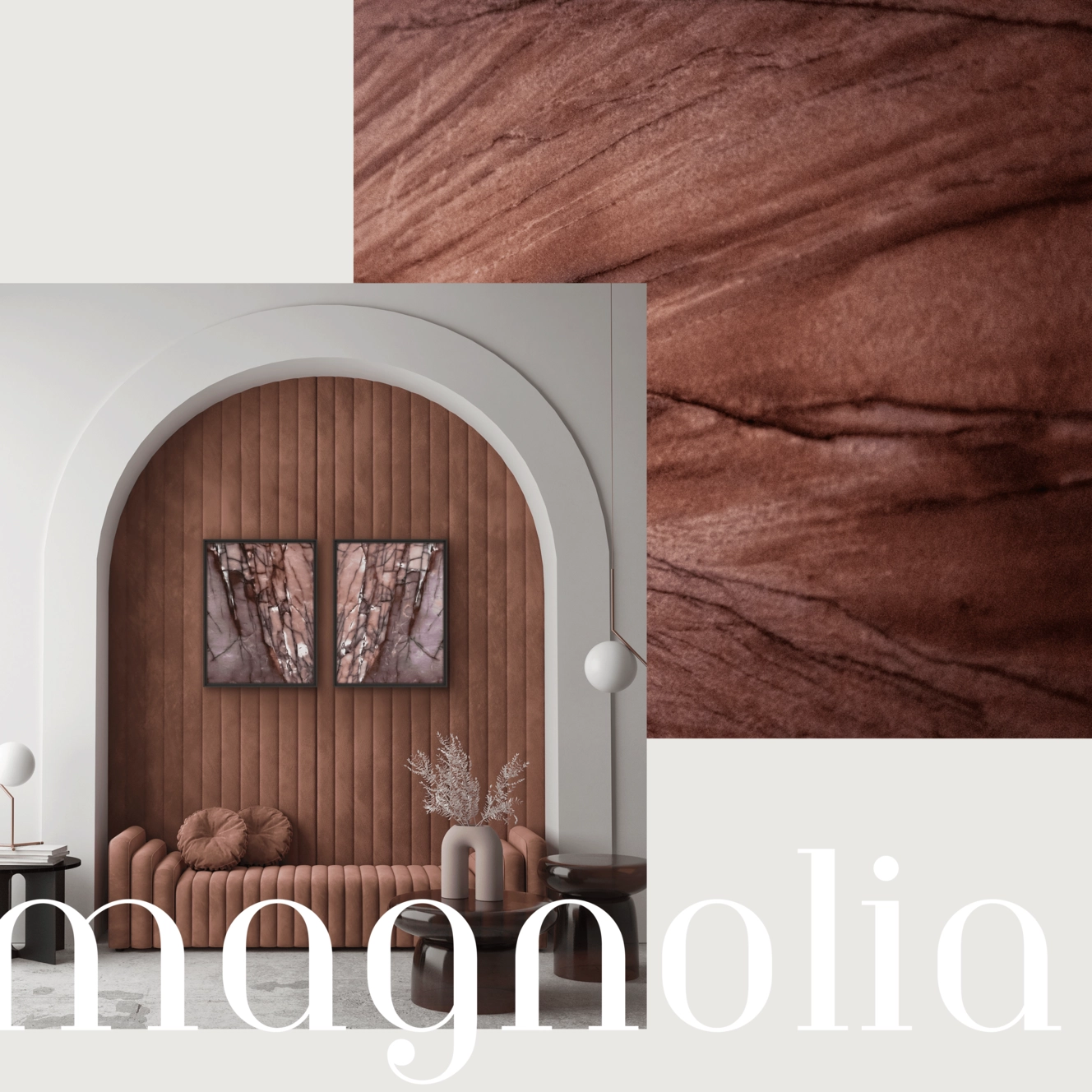
The natural stone from our Magnolia selection was also formed 1.2 billion years ago and can be classified as block quartzite. Despite the same time of formation and classification, however, the two block quartzites show clear optical differences.
The block quartzite from the Magnolia selection is characterized by its red coloring and does not contain any blue. This variety between the two natural stones impressively illustrates the artistic diversity of nature.
The formation of a block quartzite requires, above all, strong pressure and specific mechanical stress, combined with high temperatures. All this happened in millionfold processes over 1.2 billion years.
Take a look at the red jewel in our online shop now
The concentrated power of transformation: The 700 million year old metamorphite
The metamorphite, from which the STEINBILDER of our Vulcan Selection are made, was already formed 700 million years ago, during the Ice Age.
After the end of the ice age, there was a series of volcanic eruptions, which cut the earth with numerous volcanic cracks. Old sand layers of pure white quartz played an important role in the formation of this natural stone. These mixed with the crushed minerals such as blue corderiet and disthene and were solidified by heat at depth to form a solid mass.
In the course of the earth's history, the metamorphite has undergone various ages that have shaped it and made it an incredible work of art. Another special feature: this stone is also translucent, allowing the volcanic colors to shine through. By integrating a light installation, additional facets of this natural stone become visible, which vary depending on the lighting.
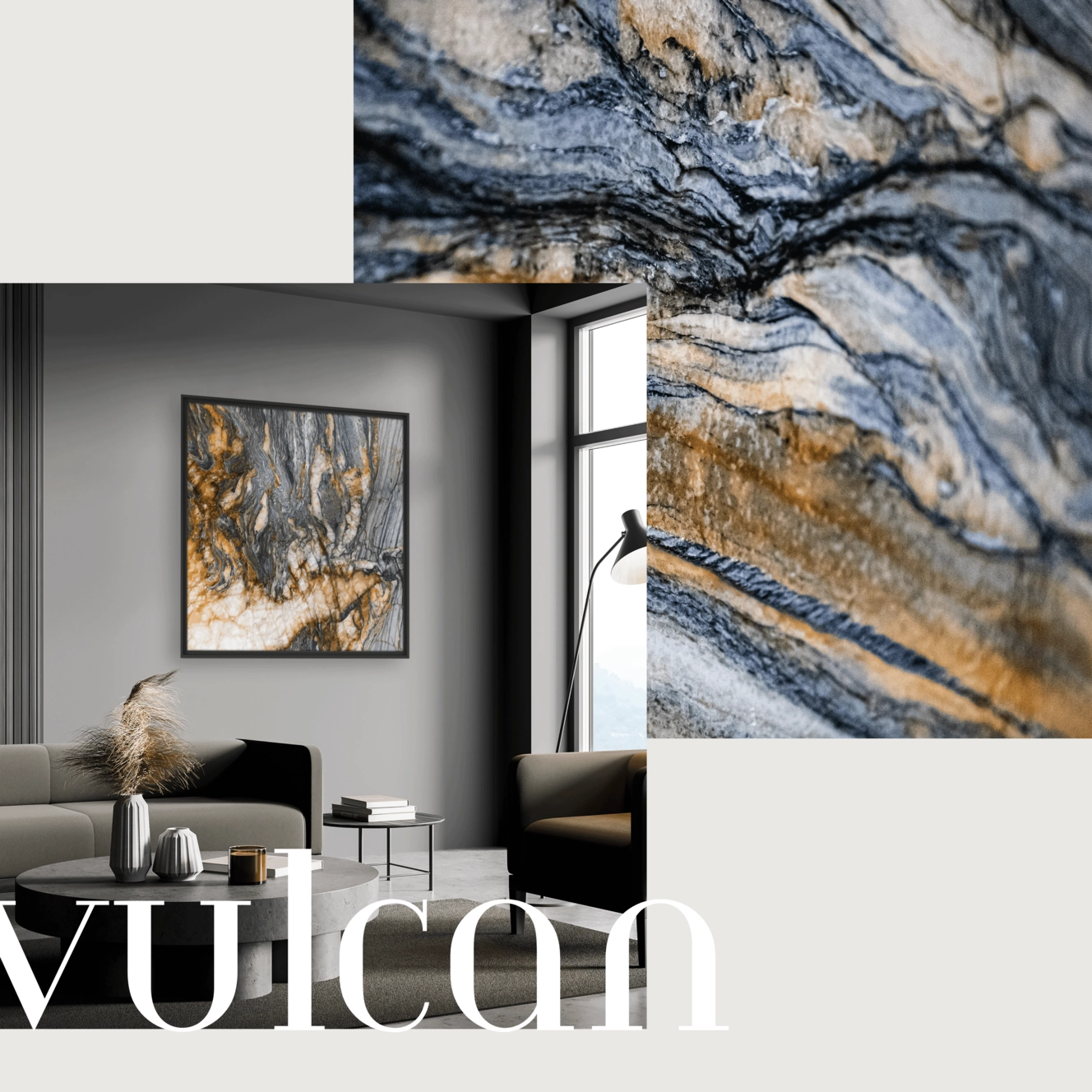
Experience the uniqueness of metamorphism
I hope that I have been able to inspire you with the fascinating stories about the origins of our natural stones. I would be interested to know which stone fascinates you the most.
If you would like to learn more about STEINBILDER or purchase one, please visit our online shop. When you buy a STEINBILD, you will receive detailed information about the history of its creation.
Be inspired by the beauty and uniqueness of natural stones and create a piece of earth history for your home.

Do you have any wishes or suggestions for our blog?
Feel free to send me an email. I look forward to your feedback!
Best regards,
Sarah from STEINBILD


